For the past few years, the Department of Defense has been increasingly optimistic about the role video simulations and war gaming can play in military training. The Office of Naval Research (ONR) conducted research in 2010 that indicated video games can “help adults process information much faster and improve their abilities to reason and solve problems.”
[text_ad]
Dr. Ray Perez, a program officer within the ONR, defined the ability to adapt quickly to changing problems as “fluid intelligence.” And he believed that video games can be instrumental in helping soldiers develop this ability more quickly.
“We have discovered that video game players perform 10 to 20 percent higher in terms of perceptual and cognitive ability than normal people that are non-game players,” Perez said in a prior Pentagon Web Radio webcast. “…I think we’re at the beginning of a new science of learning that will be the integration of neuroscience with developmental psychology, with cognitive science, and with artificial intelligence.”
Keeping Up With Increasing Demands
The DOD isn’t the only government division that’s become optimistic about simulation gaming. Five years ago, the Navy’s department of Naval Service Training Command (NTSC) had begun to develop a simulation game that would serve as a training tool for its sailors. And calling it a “video game” isn’t too far off the mark.
“This has the look and feel of a first-person role-playing game, but it would be better to call it a training simulation designed to enhance a sailor’s critical thinking, problem solving, decision making and ultimately on-the-job performance,” NSTC director of Learning Strategies Rodney Chapman said in a CHIPS magazine article.
Chapman explained to CHIPS that part of the reasoning behind training by simulation was to keep up with a modern sailor’s ever-changing duties and responsibilities.
“We are entering an era where we are demanding more from our sailors and they have to master things in a shorter period of time,” he said. “We no longer have the luxury to put sailors through long periods of training.”
How Do Commercial Video Games Stack Up?
But does that mean video games could also act as a training supplement? Do the same techniques in developing “fluid intelligence” with training simulations translate to commercial gaming? Today’s soldiers don’t seem to think so.
In 2012, IGN asked a handful of soldiers from the Marines and U.S. Army to respond to claims that video games such as Call of Duty and the Battlefield series help prepare soldiers for real war-time scenarios.
Marine Lance Corporal Anthony Andrada told IGN that he was skeptical. He said that the techniques required to master a video game are more about “how you can exploit the game’s mechanics to be successful than knowing any real tactics about war.”
In fact, most of IGN’s respondents noted that if anything, modern video games do more harm than good when preparing soldiers for live combat. Marine Lance Corporal Nicko Requesto said in the interview that gamers often have misconceptions after playing their favorite titles. “Number one, you don’t act by yourself, the key to winning and staying alive is communication,” he told IGN. “Number two, you’re not alone. You are fighting to protect the man on your right and the man on your left.”
It seems that due to differences in intent, there is still an enormous gap between simulation war gaming and commercial video games, despite the heavy talk about realism from game developers. These days, it’s not so much the technology holding the industry back, but the requirements of real combat vs. what makes for exciting gameplay.
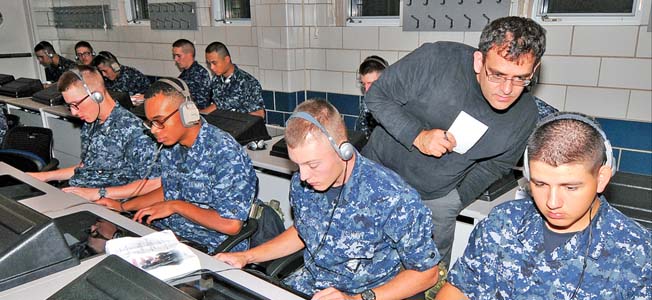
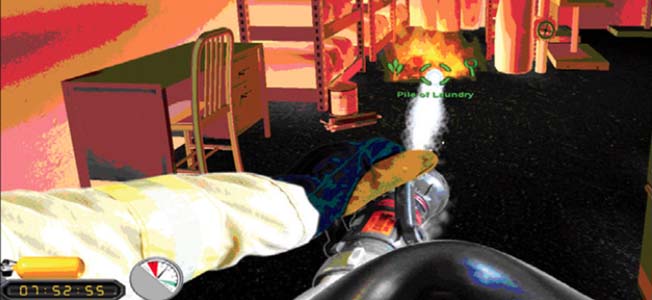
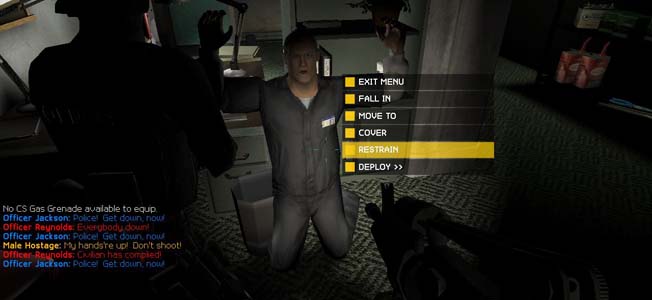
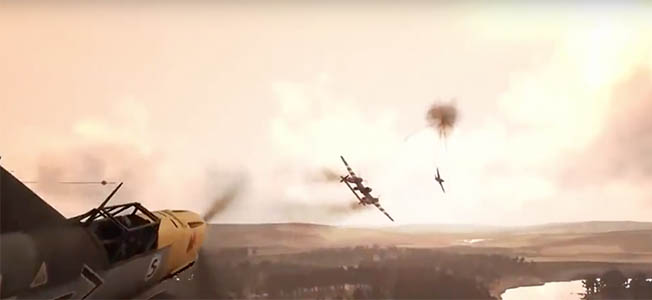
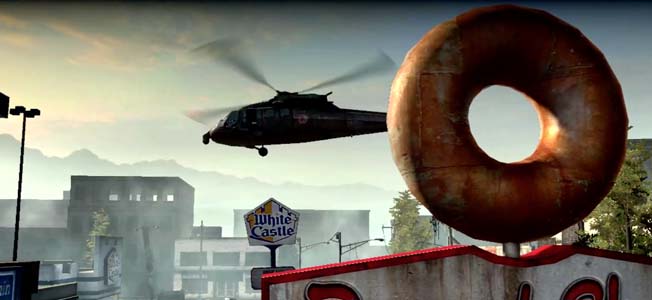
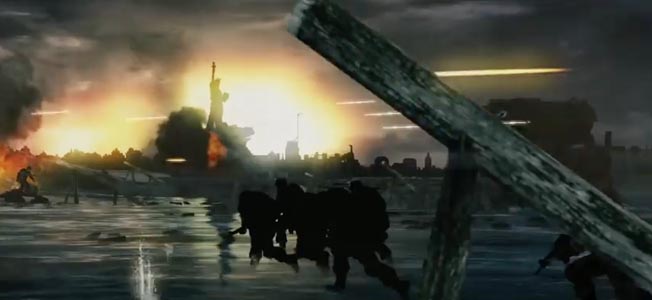
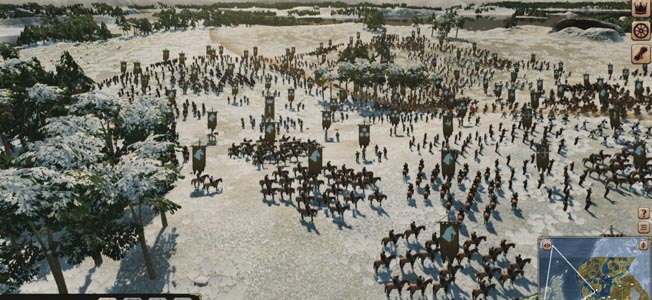
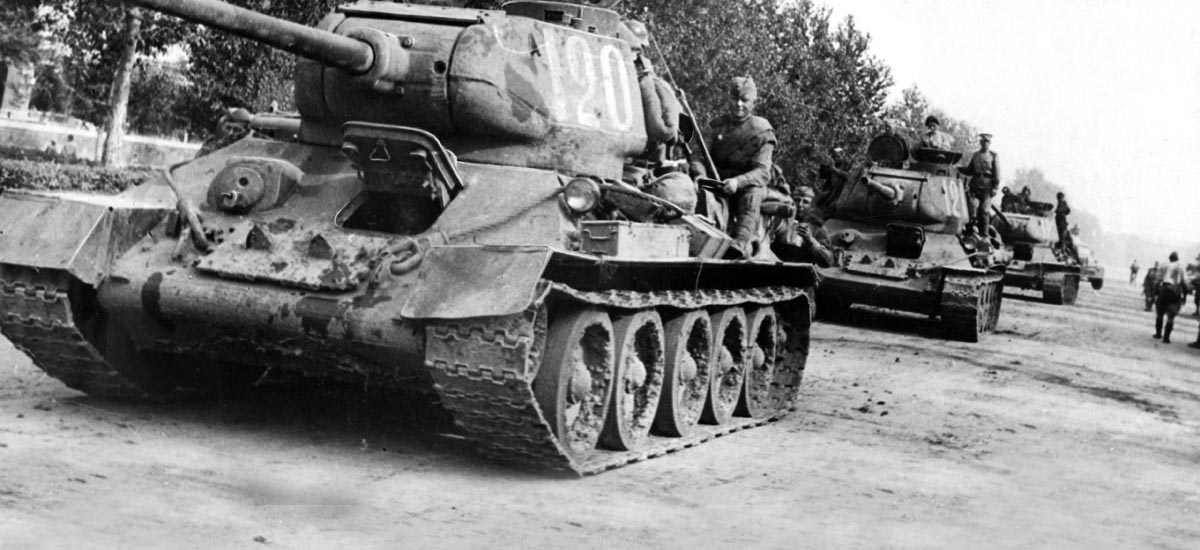
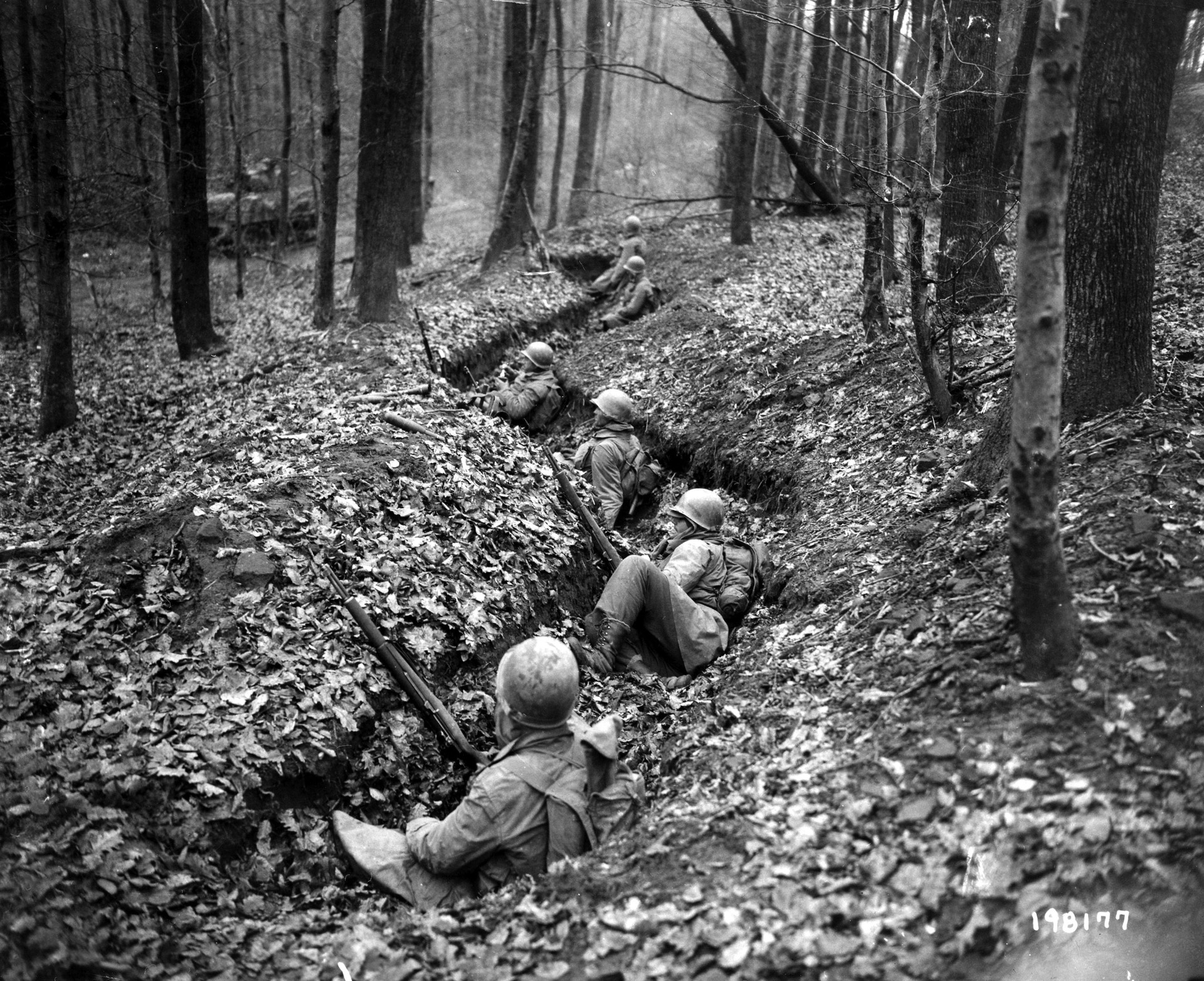
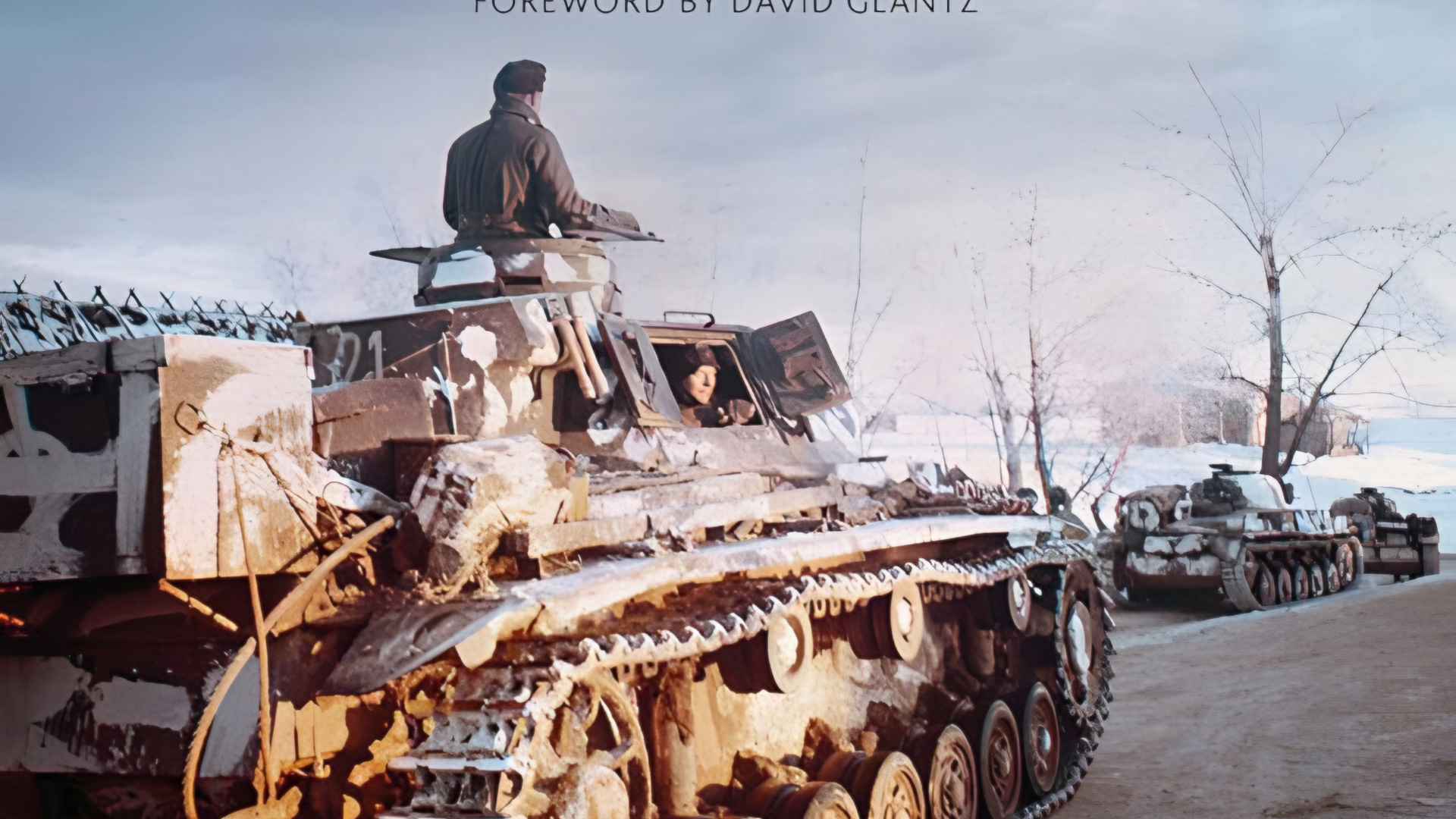

Join The Conversation
Comments
View All Comments